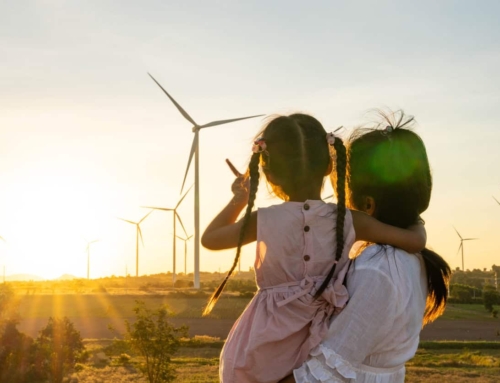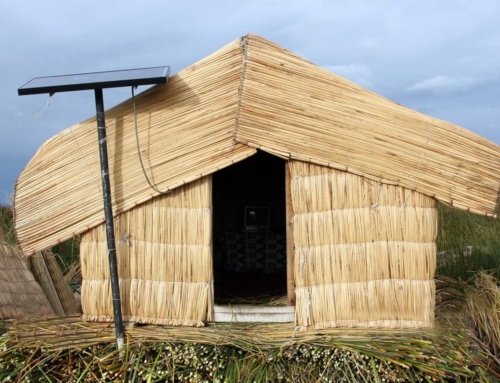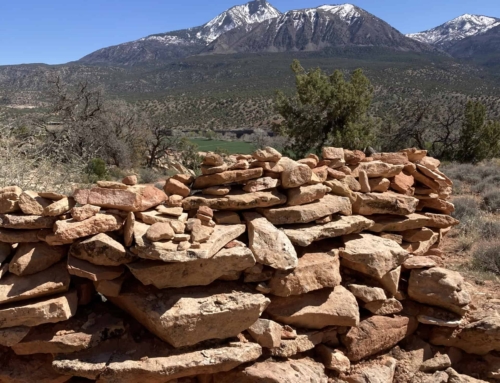I am struck by the similarities of the Corona Virus and the Climate Crisis. They are both equal opportunity threats to our way of life. The COVID-19 virus will not be stopped by walls, and neither will the impact of climate. Yet there is a common path forward.
In climate communications we talk about the importance of the proximity in time and distance in discussing the risks we face. It’s hard to worry about something that will happen in the distant future or some faraway place like the north pole. The threat of the virus is here and now, and increasingly, climate catastrophe as well. Forest fires have scorched California, floods have decimated parts of the Midwest and Hurricanes continue to pummel our eastern and southern coasts. Because both are here and now, there is an implied rhetorical question that may come up among many of us. It’s not the main question, but it is there, buzzing around in our subconscious and now driven by fear to the front of our brains: “Where can we hide?”
We have a couple of narratives in this country which intersect with the threat of virus and climate. The first is that money will buy you security and happiness. The second is that of rugged individualism. Both narratives affect our thinking around these threats.
In the first narrative, do the we really believe wealth provides immunity from the virus or that money can protect us? Will the wealthy be able to use their money to create bunkers or survival shelters from climate? Some might take this as a polemic against the wealthy. It’s not. I’m just trying to point out the pervasiveness of the narrative since many in our society believe in the myth of wealth as security.
The other group of rugged individualist perhaps believe they will be able to live off the land. Return to a more rustic state. Included in this group are not only survivalists, who are perhaps paranoid, but also the idealists of the green back-to-the-land movement. What I have to say to each of these groups, including the well-off is that your narrative is now exposed by the threats we face. There is nowhere to hide.
We are being tested, and the question now is, “How will we address these two threats?”
We have at least two options. We can succumb to fear and try to build walls, blame others and hide. Fear is a powerful emotion. Its power is greater than that of the virus. The other option is to work together to address the threats we face. This takes courage. But when fear is disproportionate to the threat, its effect is to freeze us into inaction or apathy. We want to hide. This is a mistake.
Of the two options, I’m putting my money on working together. Not because I’m particularly brave. Both these threats are indeed scary. It won’t be easy. We are likely in for much more than we think. But we have no other choice. And as Americans, we also have a narrative that says we rise to threats and figure them out. It brings out the best in who we are.
It’s easy to succumb to fear. But now we have to go against our instincts. We need to work together. If we have to switch to renewable energy in every town and city in our country, we will do it. If we have to tear down every toxic coal plant and stop building dirty pipelines, we will do it. If we have to build 1,000 new hospital beds in each major town and city, we will figure out how to do it. If we have to put aside our differences and work together for a common purpose we will do it. And we will leave chicken soup for our sick neighbors and drive to the store to get them groceries. Because it’s the right thing to do.
For those that want to hide or promote fear, I would say, “Lead, follow, or get out of the way.” You will not stop us from helping our friends, neighbors and saving the earth we all share. Instead, you can join us in this effort. We welcome you.
‘We are all connected. Savor the Earth!’™
Hobie,
L. Hobart Stocking
SkyWaterEarth.com
hobart@skywaterearth.com
651-357-0110
Facebook: @SkyWaterEarthConnected
Twitter: @SkyWaterEarth








Leave A Comment